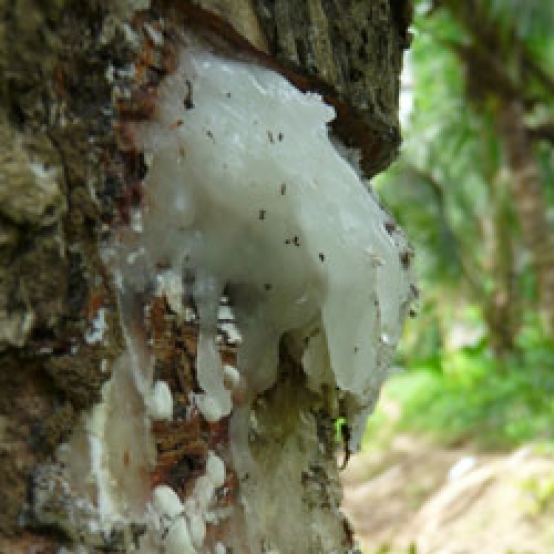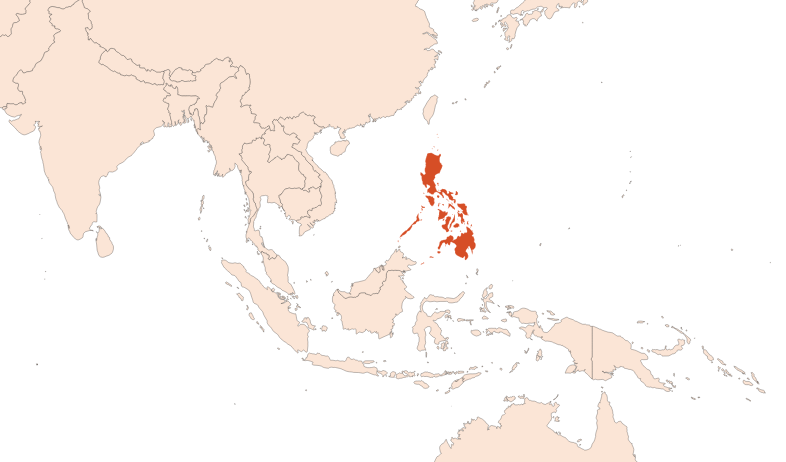
| Company | Ingredient Name | ID | Comments | Naturality | Certifications | Purity | Latin name | Treated part | Geographical origin | MOQ |
|---|---|---|---|---|---|---|---|---|---|---|
|
|
Huile essentielle d'Elémi - 30 gr | - |
Visit website
|
- | - | - | - | - | - | |
|
|
ELEMI Essential Oil | M_0020037 |
Visit website
|
Naturel | - | - | - | - | - | |
|
|
ELEMI Rectified Essential Oil | M_0061260 |
Visit website
|
Naturel | - | - | - | - | - | |
|
|
ELEMI | E7250 |
Visit website
|
Huile essentielle |


|
- | Canarium luzonicum (Blume) A. Gray | Exsudat | Philipines | - |
|
|
ELEMI | 350 |
Visit website
|
Huile essentielle | - | Canarium luzonicum (Blume) A. Gray | Gomme | Philippines | - | |
|
|
ELEMI CŒUR | F1236 |
Visit website
|
Huile essentielle | - | Canarium luzonicum (Blume) A. Gray | Exsudat | Philipines | - |
General Presentation
-
CAS N° : 8023-89-0
-
EINECS number : 97675-63-3
-
FEMA number : 2408
-
Appearance : Colorless to pale yellow liquid
-
Density : 0,850 - 0,910 @20°C
-
Volatility : Head
-
Price Range : €€
Physico-chemical properties
-
Optical rotation : Donnée indisponible
-
Vapor pressure : Donnée indisponible
-
Refractive Index @20°C : Donnée indisponible
-
Acid Value :
-
Flash Point :
Uses
Uses in perfumery :
Used in all types of perfumery for fougere, eaux fraîches, coniferous, spicy and amber notes.
Interesting to replace Frankincense EO or Pink Peppercorn EO, because it is less expensive.
Major Components :
- D-Limonene (40 - 72%)
- Alpha-phellandrene (10 - 24%)
- Sabinene (3 - 8%)
- Elemol (1 - 25%)
- Elemicine (0,5- 8%)
- Alpha-terpineol (0,4 - 3%)

Photo credits: ScenTree SAS
Botanical name :
Canarium luzonicum (Blume) Miq.
Synonyms : Canarium album Blanco // Canarium oliganthum Merr.
Botanical profile :
Elemi is a 30m high tree belonging to the Burseraceae family (such as incense or myrrh) and of the genus Canarium.
Chemotypes :
Other elemis are known although they are much less commonly (or not) used in perfumery:
Canarium ovatum : also native to the Philippine archipelago.
Canarium muelleri or scrub turpentine of Queensland, native to Australia.
Canarium Bengalense or elemi of Bengal and China, whose essential oil contains a high dose of Beta-Caryophyllene.
Canarium schweinfurthii or elemi of Cameroon and Guinea.
Canarium madagascariensis : originally from Madagascar and also called ''ramy ''.
Extraction process :
Like incense or myrrh, the resin is obtained using the ''tapping '' technique, i.e. by making an incision through the tree's bark. This incision, which is generally made once a day during the week prior to the harvest, causes the exudation of a white resin. A single tree can yield up to 5kg of resin annually for a harvest carried out from July to March.
All the resin recovered is stored in a warehouse while waiting to be extracted.
Several types of extraction can be performed with this resin:
Steam extraction: Usually performed in Europe to obtain the Elemi EO. It takes in general 5.5kg of resin to obtain 1kg of essential oil - Yield of 18 %.
SFE extraction: Usually done in Europe, this process allows to obtain Elemi SFE. This low-temperature technique gives a smell very similar to the natural product.
Volatile solvent extraction: Usually carried out with Acetone, this process allows to obtain Elemi Resinoid.
Other comments :
The elemi is the main source of natural elemol.
Stability :
Solubility issues in perfumes
Limonene tends to convert into Carvone through time, and to give a minthy note to the oil
The terpenes identified in this raw material can polymerize when they are oxidized
Regulations & IFRA
Allergens :
IFRA 51th :
This ingredient is not restricted for the 51th amendment

